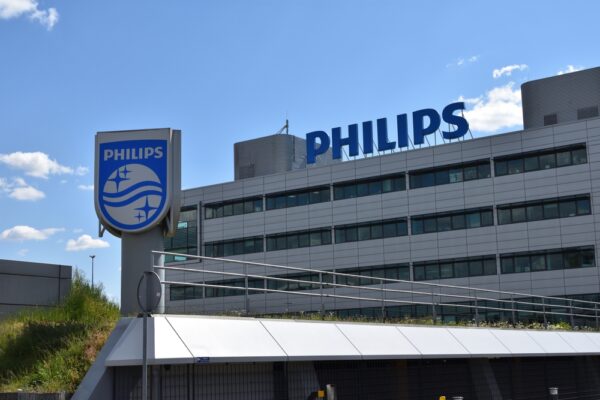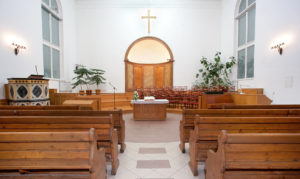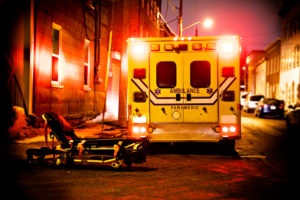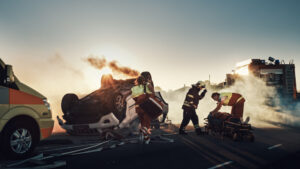The Federal Railroad Administration ("FRA") has ordered the 10 states with the most railroad crossing collisions to implement safety improvements that reduce these train collision or lose millions of dollars in federal grants.
Congress passed legislation in 2008 that requires the FRA to make efforts to improve safety. In response, the Agency announced rules this week that require the 10 states with the most crossing accidents or collisions to develop safety plans. The 10 states have one year to make the plans and five years to implement them.
You can read more about the new requirements at the Des Moines Register and the Chicago Tribune.
States With Most Railroad Crossing Collisions (2007-09):
(1) Texas (775)
(2) California (463)
(3) Illinois (457)
(4) Indiana (447)
(5) Georgia (372)
(6) Louisiana (350)
(7) Ohio (307)
(8) Alabama (285)
(9) Florida (231)
(10) Iowa (221)
There are thousands of dangerous railroad crossings across the country. While I applaud the FRA for doing more to increase safety, I wonder why the Agency is attacking cash strapped state governments rather than railroads who actual own and operate the tracks. Railroad tracks are the privately owned property of gigantic railroad corporations — companies run by titans of industry (like Warren Buffett) that make billions of dollars in profits every year. Why are states being forced to make safety improvements for these giant, profitable railroads? Is this some sort of railroad industry bailout?
Railroads often refuse to install safety devices (such as lights and gates at crossings) without getting funding from the federal or state government. Why? Why don’t railroad companies do more to make sure their railroad tracks and crossings are safe?
Fox 4 News in Kansas City featured an in-depth story about one small town’s battle to have warning lights and a crossing gate installed. The Union Pacific Railroad refused to install the warning devices without state or local government money. The small Missouri town simply could not afford the cost.
How do railroads continue to get away this conduct?
Railroad collisions have many causes — most of which have everything to do with the railroad and nothing to do with state or local governments.
Failure of railroad company to install proper warning devices, such as lights, alarms (crossing bells) or a functioning crossing gate
Defective warnings — inoperable lights, bells or gates
Improper sight lines that prevent a vehicle’s driver from seeing an oncoming train until it is too late
Failure to properly maintain the crossing — such as allowing overgrown trees, vegetation and other foliage to obstruct or hide an oncoming train
Improperly parking a train at or near a crossing — this not only hides an oncoming train from view, but gives motorists a false sense of safety in seeing a parked train at the crossing
Failure to sound the train’s horn or whistle at or near the crossing
Other negligence that may appear on the train’s data recorder or video recorder
Some railroad companies even try to cover up their role in causing these collisions rather than implement safety improvements to prevent them.
In October, Burlington Northern Santa Fe (BNSF) railroad was hit with a $4 million penalty — on top of a $21.6 million jury verdict — because of its "staggering" pattern of misconduct that included destroying evidence in an attempted cover-up of its role in the deaths of four young people who were killed at one of its railroad crossings.
The Court found that BNSF destroyed some evidence, fabricated other evidence, interfered with the investigation and purposefully lied and advanced misleading facts in order to conceal the truth.
Railroad companies should be held accountable for dangerous railroad crossings that injure and kill. Is there a different set of rules for railroad companies than for everyone else? Railroad companies need to stop putting profits in front safety. We don’t need a railroad safety bailout when these companies have the resources to make their own tracks safe.

Brett Emison is currently a partner at Langdon & Emison, a firm dedicated to helping injured victims across the country from their primary office near Kansas City. Mainly focusing on catastrophic injury and death cases as well as complex mass tort and dangerous drug cases, Mr. Emison often deals with automotive defects, automobile crashes, railroad crossing accidents (train accidents), trucking accidents, dangerous and defective drugs, defective medical devices.













Comments for this article are closed.